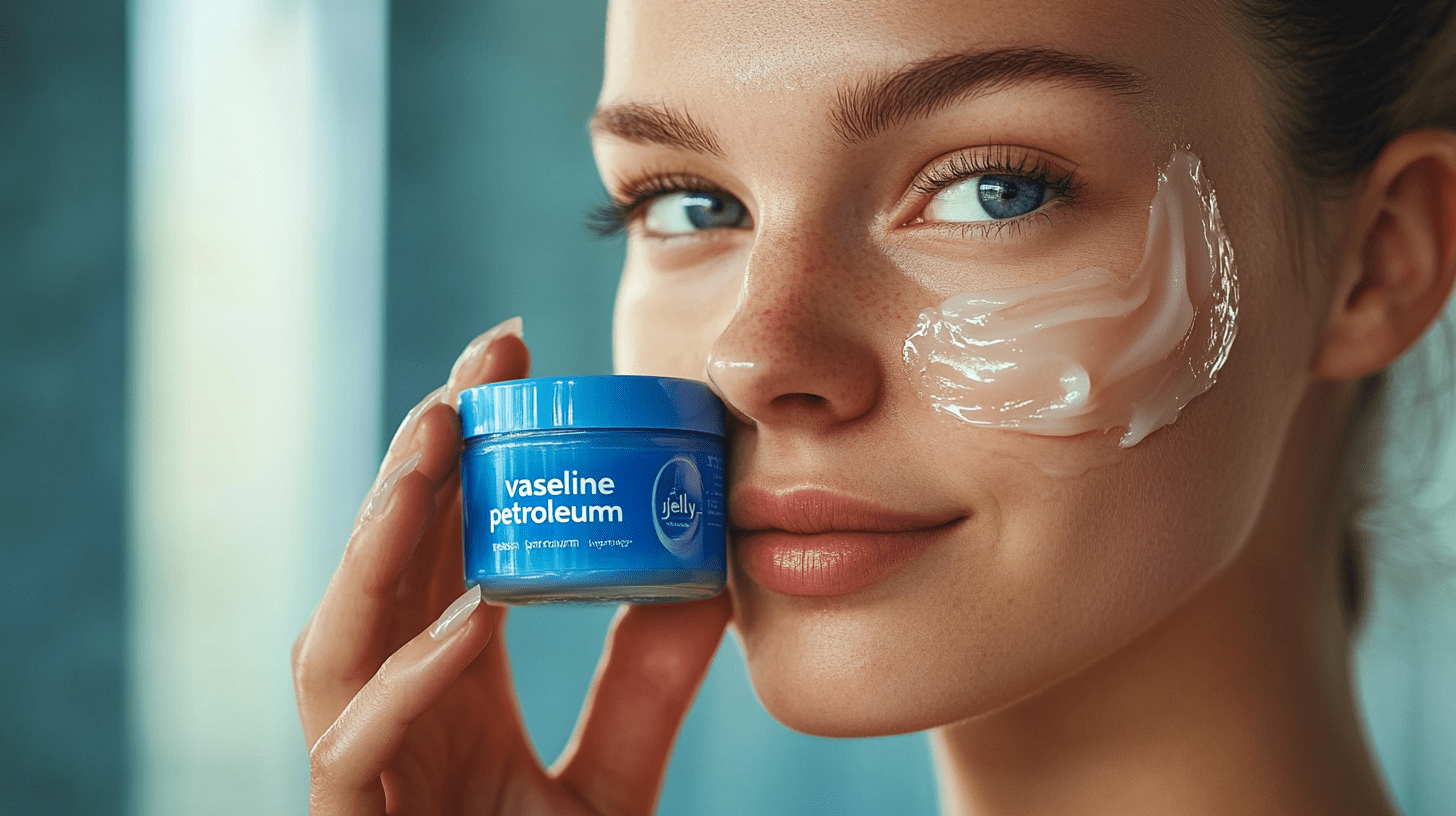
Petroleum jelly —it’s been a skincare staple for decades, but does it deserve its reputation as a pore-clogging nightmare? You’ve probably heard mixed reviews about this budget-friendly moisturizer, and you’re not alone in wondering if it’s truly safe for your skin. So, let’s set the record straight and debunk those pore-clogging myths once and for all.
What Is Petroleum Jelly?
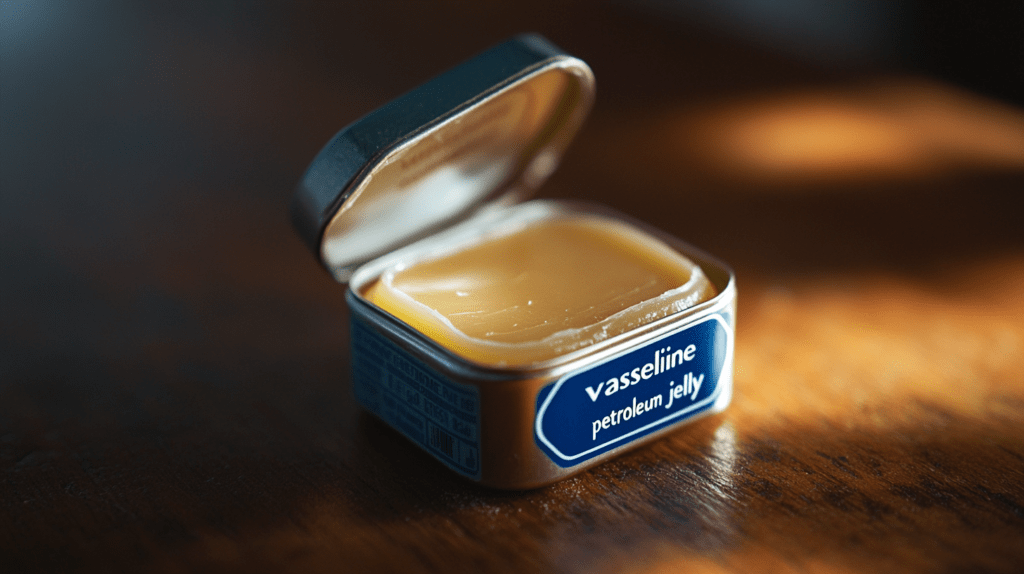
First, let’s talk about what petroleum jelly actually is. Also known by its popular brand name, Vaseline, this skincare classic is a semi-solid mixture of hydrocarbons. Sounds a little science-y, but all you need to know is that it’s derived from petroleum and refined for safe use. Known for its ability to lock in moisture, petroleum jelly creates a protective barrier on your skin. This is why it’s often recommended for dry, cracked skin and even minor cuts.
But is it too good to be true? Let’s find out.
Does It Really Clog Pores?
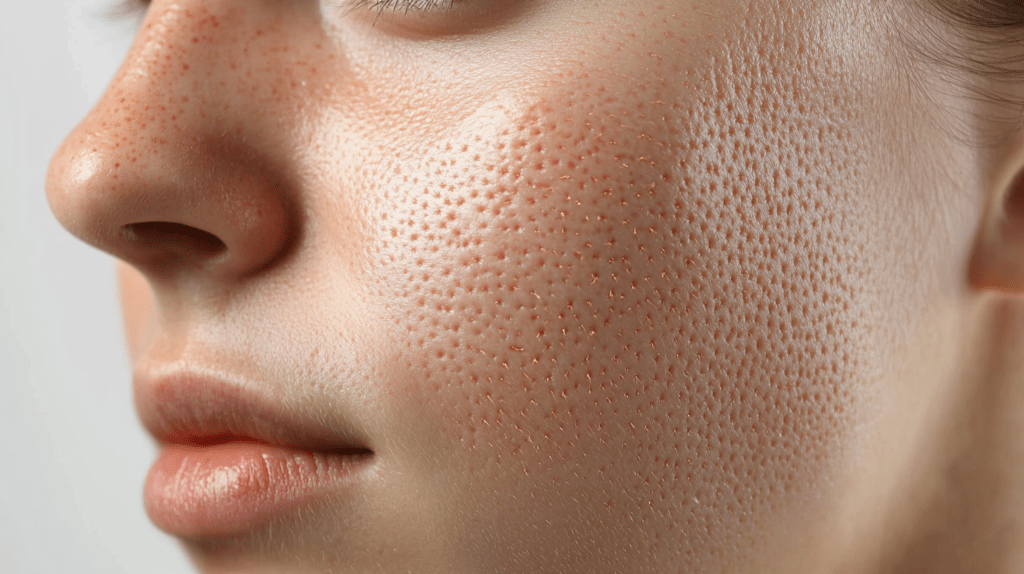
Here’s the truth: petroleum jelly is non-comedogenic, which means it doesn’t clog pores. Surprised? Many people assume that its thick, greasy texture automatically leads to breakouts. However, it doesn’t sink into your pores. Instead, it sits on the surface of your skin, acting as a barrier.
Still, there’s a catch. If you apply petroleum jelly over dirty or unclean skin, it can trap debris, oil, and bacteria. This can lead to breakouts, but the culprit isn’t the petroleum jelly itself—it’s what’s already sitting on your skin. So, clean skin is key if you’re using petroleum jelly.
Why Is Petroleum Jelly So Misunderstood?
Let’s be honest: its thick, shiny texture doesn’t exactly scream “lightweight skincare.” Plus, the idea of layering something so greasy on your face can feel a bit counterintuitive, especially for those with oily or acne-prone skin. However, many misconceptions stem from a lack of understanding about how petroleum jelly works.

Unlike some oils and heavy creams, petroleum jelly doesn’t penetrate the skin deeply. Instead, it creates a seal that helps your skin retain moisture. This makes it an excellent choice for dry or compromised skin barriers, as long as you’re applying it correctly.
How to Use Petroleum Jelly Without Breaking Out
To get the most out of petroleum jelly while keeping your pores happy, follow these tips:
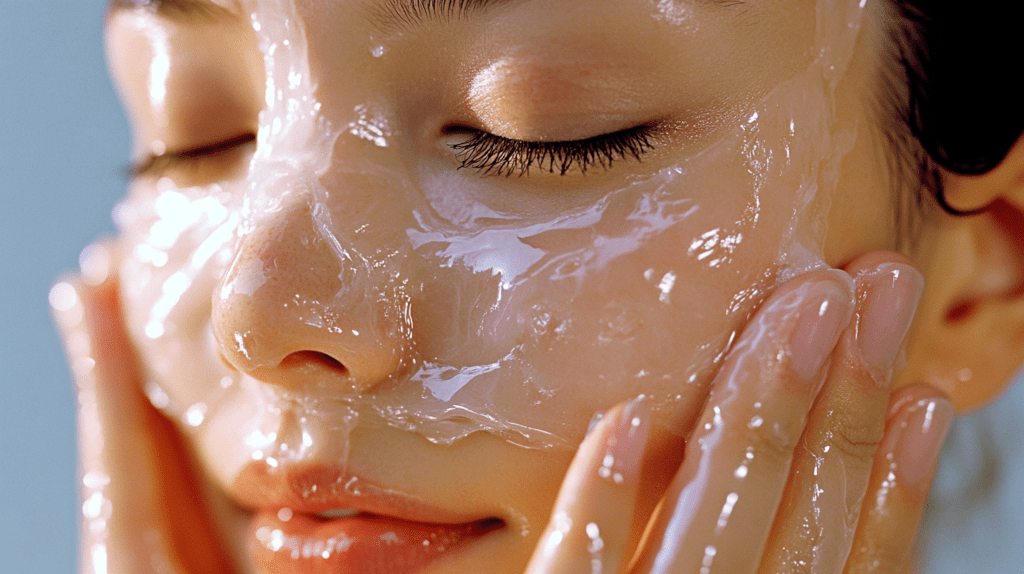
- Start With Clean Skin: Always cleanse your skin thoroughly before applying petroleum jelly. This prevents dirt and oil from getting trapped under the barrier.
- Use It Sparingly: A little goes a long way. Apply a thin layer instead of slathering it on.
- Pair It With Other Products: Use petroleum jelly as the final step in your skincare routine to lock in your serums and moisturizers.
- Avoid Acne-Prone Areas: If you’re worried about breakouts, limit its use to drier areas like your lips, elbows, or heels.
- Don’t Skip Patch Testing: If you’re trying it for the first time, test a small area of skin to make sure you don’t have an adverse reaction.
When to Avoid Petroleum Jelly
While petroleum jelly works for most skin types, there are a few exceptions:
- Acne-Prone Skin: If your skin is already congested, petroleum jelly might not be the best choice. It won’t clog your pores, but it could trap existing oil and bacteria.
- Oily Skin: If you’re naturally oily, you might prefer lighter, water-based moisturizers.
The Benefits of Petroleum Jelly
Despite the myths, petroleum jelly offers some undeniable perks:
- Locks in Moisture: It’s a lifesaver for dry, flaky skin. Use it on your lips, cuticles, or any areas prone to dryness.
- Soothes Irritation: Great for calming minor cuts, burns, or wind-chapped skin.
- Protects Your Skin: It acts as a barrier against environmental irritants, making it perfect for harsh winters.
- Budget-Friendly: Skincare doesn’t have to cost a fortune, and petroleum jelly proves that.
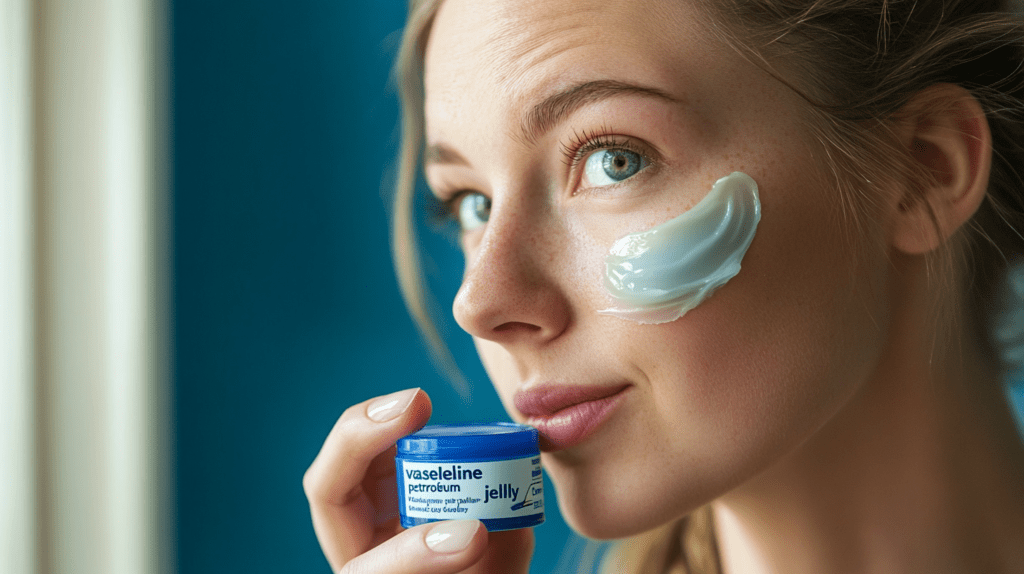
The Bottom Line
So, does petroleum jelly clog pores? The answer is a resounding no—as long as you’re using it correctly. It’s a versatile, affordable skincare staple with more benefits than drawbacks. However, like any product, it’s not a one-size-fits-all solution. If you’ve tried petroleum jelly and it works for you, keep it in your skincare arsenal.
What’s your take on petroleum jelly? Have you used it, or are you still on the fence? Drop your thoughts in the comments below—we’d love to hear your skincare secrets!



